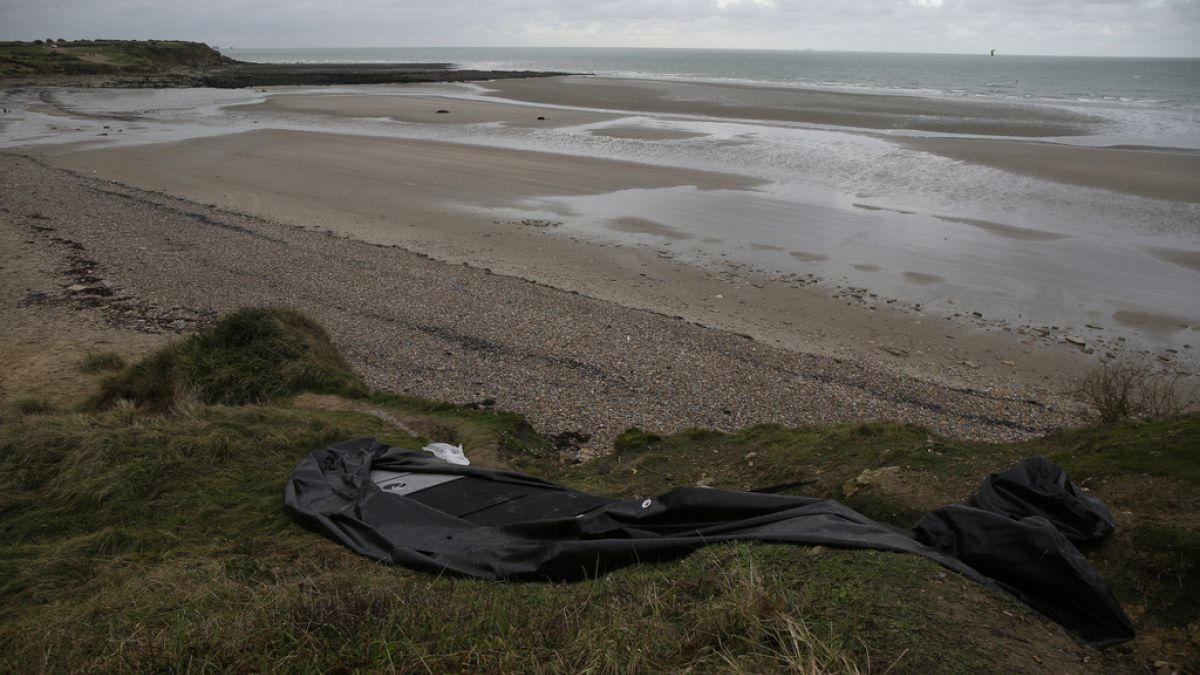Russian troops are closing in on Pokrovsk from the east and south. According to different sources, Russian forces are between 1-3 km away from the city's logistics hub on the western edge of Ukraine's Donetsk region.
Russian troops are closing in on Pokrovsk, a major logistics hub on the western edge of Ukraine's Donetsk region.
According to different sources, Russian troops are between 1-3 km away from the city, which has been Moscow's primary target for months.
The UK Ministry of Defence has stated that Russia's troops are approaching the south of Pokrovsk after the capture of Shevchenko village, just south of the city, around 4-5 km away. Shevchenko itself lies at an intersection of two routes leading into Pokrovsk.
The ministry's assessment is that Russia will likely continue to make gains towards Pokrovsk, while also continuing to advance westwards to the city's centre.
The Institute for the Study of War (ISW) has reported that according to Russian military bloggers, Russian forces drove Ukrainian troops out of Novotroitske southwest of Pokrovsk and advanced in the areas south, southeast and southwest of Pokrovsk.
Since early September, Ukraine has transferred additional forces to the area, while Russia has moved none of its own away. It is currently threatening to encircle a large grouping of Ukrainian forces south of the main area.
Why is Pokrovsk so important?
It is hard to overestimate the importance of Pokrovsk, both for Ukraine and for Russia.
Pokrovsk has been one of the strongholds of Ukraine's eastern front. Its geographic location not only makes it arguably one of the most important logistics hubs, but it is also extremely close to the rear of Ukraine's fight against the Russian invasion.
Dnipro, one of the biggest cities in Ukraine with a population of around 1 million, is only a 2.5-hour drive to Prokovsk. For Kyiv, losing Pokrovsk would also potentially mean conducting the war closer to central Ukraine and deeper into its better protected areas.
Pokrovsk is also just 20 km away from the administrative border of the Donetsk region — an area the Kremlin has been trying to reach since 2014, as Russian forces look to seize all of Donetsk and Luhansk.
Currently, Moscow controls around 60% of the Donetsk region.

 1 week ago
7
1 week ago
7






 We deliver critical software at unparalleled value and speed to help your business thrive
We deliver critical software at unparalleled value and speed to help your business thrive






 English (US) ·
English (US) ·